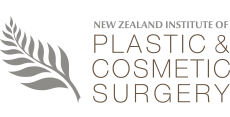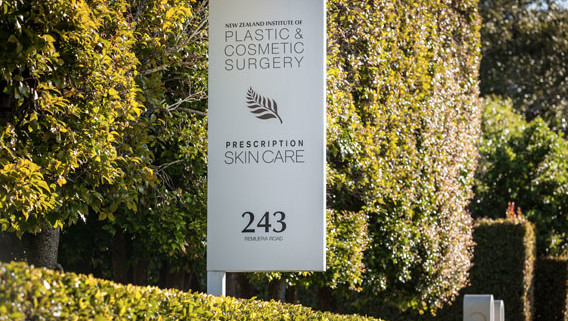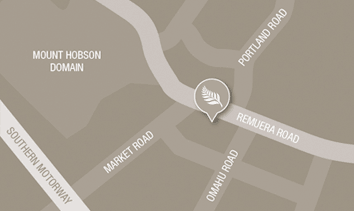Stephen Gilbert Answers Questions For Mindfood Magazine
1. What is the most popular cosmetic treatment today?
The most popular surgical cosmetic treatment today is Breast Augmentation. We carry out over 200 a year at our clinic, the New Zealand Institute of Plastic and Cosmetic Surgery (NZIPCS). This is closely followed by Body Contouring and surgical facial restoration which covers eye surgery, face and neck lifts, chin and nose surgery. The continued quest by young women for a shapely balanced feminine figure with full youthful breasts, slim waist and proportionate hips is now matched by the over-forties women wanting the same thing but they will also benefit from Facial Enhancement as well. A psychologically powerful combination is Facial Restoration and Breast Augmentation, which is now commonly requested. The most popular non-surgical treatment is Botox® and other neuromuscular modulators (products which reduce dynamic wrinkles), which are now being used to enhance facial beauty and shape as well as soothing dynamic aging lines.
2. What has been the most recent new discovery in the world of cosmetic enhancement?
The most recent discovery is that subcutaneous fat infiltration, which contains stem cells, does actually improve the quality of skin and scars. It seems to refresh the elastin and collagen fibres in the skin. This is an additional benefit to restoring youthful volume with fat injections. Ongoing research in Auckland into burns healing is adding to our knowledge of stem cells. An exciting new development in breast augmentation is the conical shaped implant which at NZIPCS we have found gives a more natural full cleavage without sag.
3. Is 2012 going to bring anything new to the industry?
In 2012 patients’ expectations will continue to rise based on their own research and internet browsing of surgical and non-surgical treatments for facial restoration and body contouring. There will be demand for the new fillers and neuromuscular modulators which are now being promoted by competitive new manufacturers, as well as cheaper implants and surgeries. A word of caution here; EVERY GOOD CONCEPT WAS ONCE NEW, BUT NOT EVERYTHING NEW IS GOOD. For instance, the current fiasco over the new French PIP breast implants, used extensively in Europe but which we never used at NZIPCS because we knew that they were unproven and untested.
4. What cosmetic trends can you predict will be made in the near future?
The continued development of stem cell research and its application in facial surgery and body contouring. Increasing demand for plastic surgery and the continued trend to blend non surgical and surgical treatments. For example, the old concept of a ‘face lift’ will be replaced by ‘facial restoration’ which could involve upper and lower eyelid surgery, a mid facelift to lift the loose cheeks and skin along the jawline (jowls), facial sculpturing by adding and removing fat and then the use of fillers and Botox®, all to enhance beauty and youthfulness. Patients are looking for less extreme makeovers. More natural results and less Hollywood gargoyle. They are more likely to be satisfied with a lesser procedure for temporary gain. Asians are looking to blend the best Asian and Western features to give a Panasian look, rather than trying to look completely Western. A new trend is not just anti aging surgery, it is surgery for beauty. For instance I often give the example that it is not appropriate for a 50 year old woman to have a rounded twenty year old face. What she needs is a subtly scupltured look to the cheeks together with a smooth jawline as well as enhancement of her cheekbone area.
5. When it comes to cosmetic enhancement, what skills do you pride yourself on having?
An eye and ear for what the patient is requesting and an ability to convey this to the patient which develops a positive partnership between patient and doctor. An aesthetic eye, knowing what particular changes would make the patient more beautiful and what subtle ways can a face be made more beautiful and then have the skills to carryout the very best quality of surgery. Knowledge and experience in the full range of cosmetic surgical and non-surgical procedures Highly developed plastic surgical operating skills from years of experience. For the patient this means getting excellent results with minimal blood loss and swelling, relatively pain-free recovery and quick return to normal activities.




